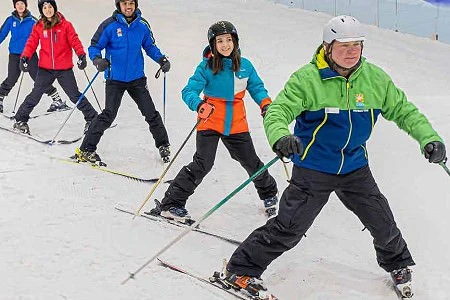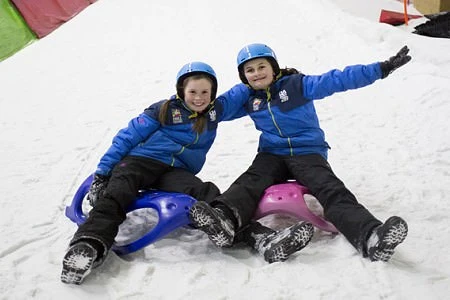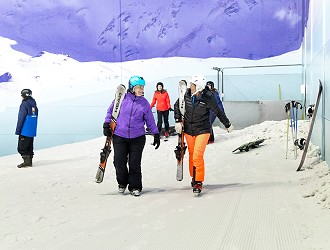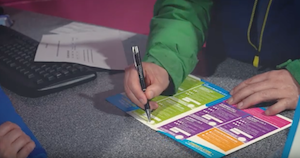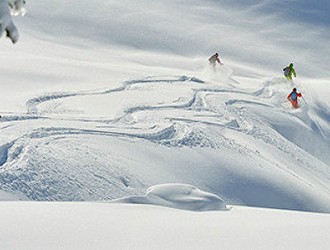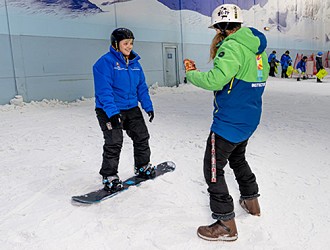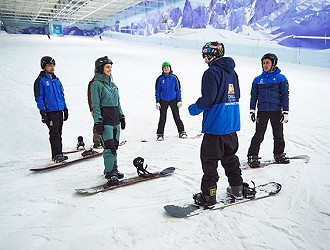Freestyle Skiing Tips & Tricks
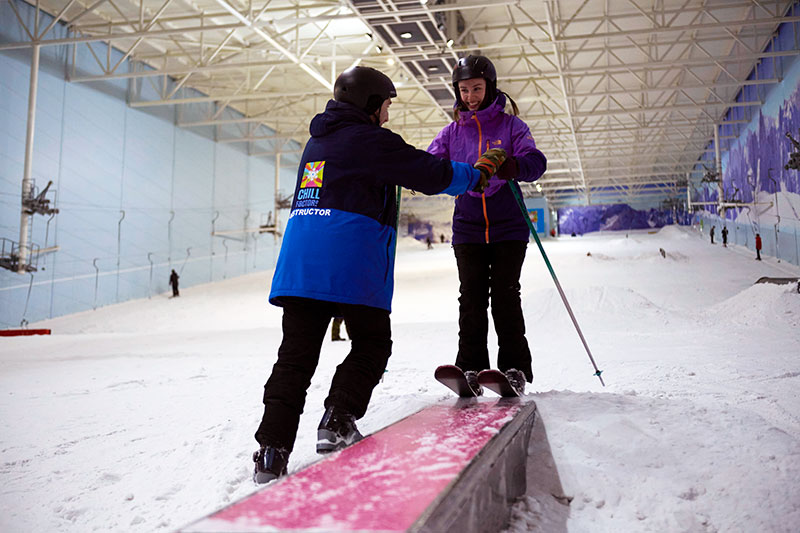
Freestyle Skiing Tips
So you think you’re ready to try freestyle on your skis? Then you’re in the right place, because before you take that first plunge into the park you need to make sure you have mastered the basic manoeuvres and moves you will need.
Not sure you’re quite ready for boxes and rails just yet? No problem, why not take a look at some of our other skiing tips pages like the intermediate skiing tips, advanced skiing tips or expert skiing tips pages. And for complete novices make sure to have a read of our how to ski section and our beginners skiing tips.
Getting ready for your first foray into freestyle on skis can be a bit daunting, but the thing to remember is that everybody had to start somewhere – even that dude doing the triple back flip – and that you need to prepare, start small and stay slow to begin with.
How can I get into Freestyle?
If you’re interested in some freestyle coaching, check out the BoobyTrap, which is a freestyle session at the bottom quarter of the Chill Factore slope where you can learn the basics in freestyle and you can also get to hone your skills for the more advanced shredder!
What if I can already shred!
If you’re already an accomplished freestyle shredder, check out the Terrain Challenges page to see when the freestyle features are available to hit!
But it also won’t hurt to have a few tips under your belt either, so there’s some tips below!
In terms of equipment, you will really need twin tip skis to go any further.
Basic Manoeuvres
Before you can even think about tackling that box or rail, there are a few moves you need to have down which will set you up for success on the park: the 180, 360 and riding switch. Once you have learned to do these on the flat you can progress to doing them off jumps.
A 180 is basically jumping and turning 180 degrees so that you are riding backwards. To start with, try these on a flat surface: bend your knees into a crouch and leap upwards, quickly turn your shoulders and head around in the direction you want to turn, throw your arms around in the same direction and twist your body to follow. Try to land with your feet parallel exactly 180 degrees from where you started.
A 360 is the same again only going all the way around. For a 360 you need a lot more spin, so when you crouch to leap into the spin push your arms back behind you before thrusting them round in the direction of your spin. The big thing with the 360 is to keep your head turned in the direction you want to spin and not to freak out half way around. Stick to your guns, keep practising and you will get it.
Riding switch basically means riding backwards on your skis, something you will need to know how to do if you plan to do 180 jumps and spins. It is one of those things that simply take lots of practise. Skiing switch is not that dissimilar to skiing forwards, the scariest bit being that when you switch your weight to turn you will be skiing blind and looking back up the hill. Start off on a nice gentle slope and get up a bit of speed – it’s easier with speed – and as you come to do a turn look on the outside rather than the inside of the turn. It’s important to keep the skis parallel rather than snowplow and to keep moving, it gets harder the slower you go.
With these basic 3 moves mastered you are ready to head to the snow park for a play. Remember to keep it small to start with, go for jumps and rails you can ride onto rather than having to jump onto and keep your weight low.
Landing Jumps
The more jumps you land, the more confidence you will gain and the happier and braver you will feel about progressing to larger jumps. Landing is often the point where people lose their nerve, flail around and ultimately stack it, so learning to land a jump well is important, especially as jumps get higher and more involved.
To land a jump you need to make sure you extend your body so that you are able to absorb the impact of hitting the floor, but don’t go completely straight as you are likely to go rigid. Extend the body keeping the knees and hips soft and flexible, as your skis hit the floor try to touch the back of the skis down first and bend at the knee and hip to absorb the motion of hitting the ground. It’s important to keep your skis parallel and not to tilt midair so that both skis land at the same time.
Jumps, rails and pipes all take time to learn to do well and to build up to. Don’t be put off by those already spinning around in the air like acrobats – everybody has to start somewhere – and remember that the best way to get ahead is to get some instruction from someone that knows their stuff, like the BoobyTrap. This will give you a good start and stop you from learning bad habits from the beginning.

